How much is a “contemporary” design different from a “modern” one? And what is actually a “traditional” design for our home rooms? Is it really so important to define a proper terminology, or actually what we want in the end is to create the most appropriate home environment while our need for style is appeased?
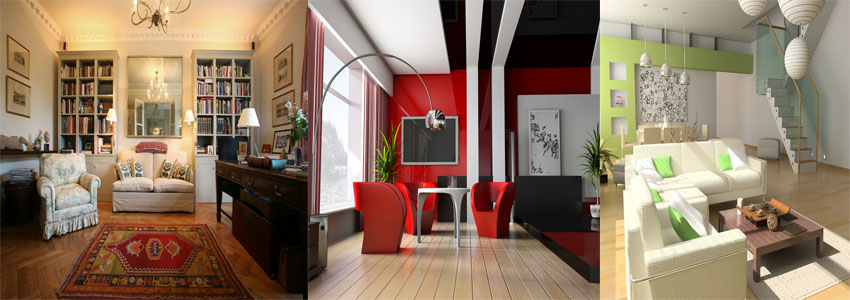
Actually there’s quite a long (and never ending) controversy on what’s truly “modern” vs “contemporary” but we can give you a few advises on how to choose the right design for your own home… whatever its name is going to be!
Contemporary home design
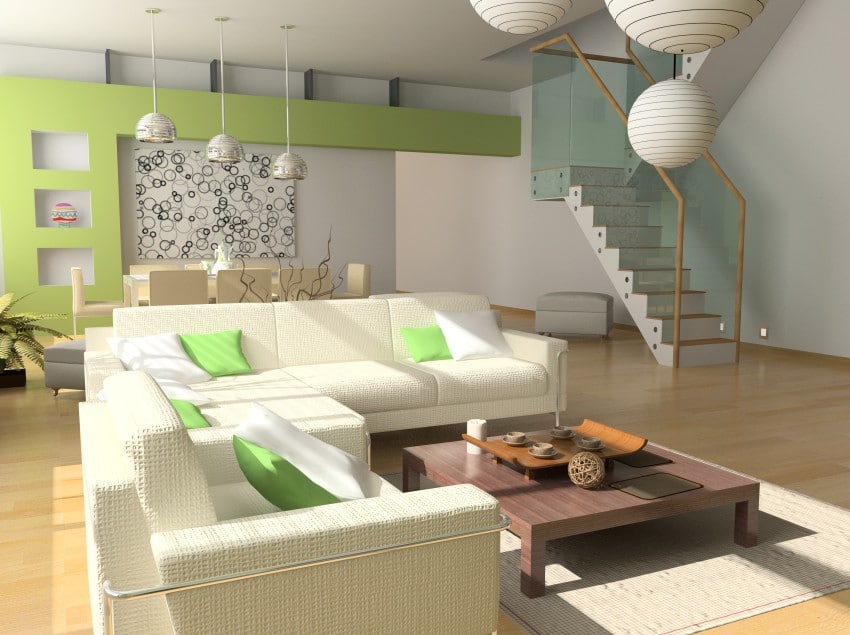
Contemporary architecture, regardless if it’s about your bedroom, kitchen or living room, is every form of art that’s being produced right now.
Although many other modern designs ideated in the 70s may look like futuristic enough to appear very similar to contemporary ones, actually they’re still too vintage to be called this way.
Today, our actual “contemporary” design is a mix of both traditional and modern, and it’s mostly focused on practicality and edginess.
Shiny and smooth surfaces like steel and glass are mixed together, and most shapes tend to be rounded and somewhat bulkier, often employing subtly camouflaged lightning effects, like lights coming from the ground under the bed or just above it instead of modern and traditional lamplights.
Contemporary home rooms tend to be more solid, with little whitewash that instead leaves many empty spaces like large wide windows or glass panels.
Many natural materials like wood or ceramics are blended with more “industrial” ones like metal or plastic, but what does really matter is practicality more than exteriority.
Modern home design
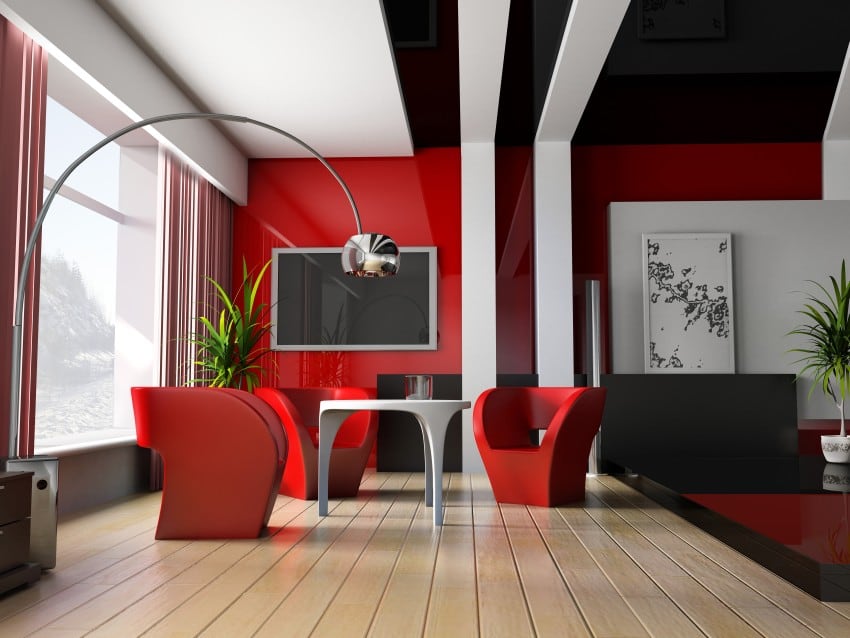
Modern design usually refers to a specific era of the mid twentieth century, although it usually refers to the first age of full mass-production of furniture pieces and machination (generally 1920s to 1950s).
Modern design is quite different from contemporary one especially about the choice of materials: plastic and metal usually compose the main body of furniture, which is strangely mixed up and decorated by natural materials.
Straight, clean shapes with sharp or curiously twisted edges generate strange items that will often provide unsuspecting comfort when you try them, as this is an era of great experimentation.
Great white spaces, lots of stucco and whitewash are often employed with strange and unexpected asymmetries.
Colors tend to be quite bright, and the preferred lights are natural and standing ones: a wide window or a very tall lamplight is preferred to the complexity of light spots typical of contemporary design.
Traditional home design
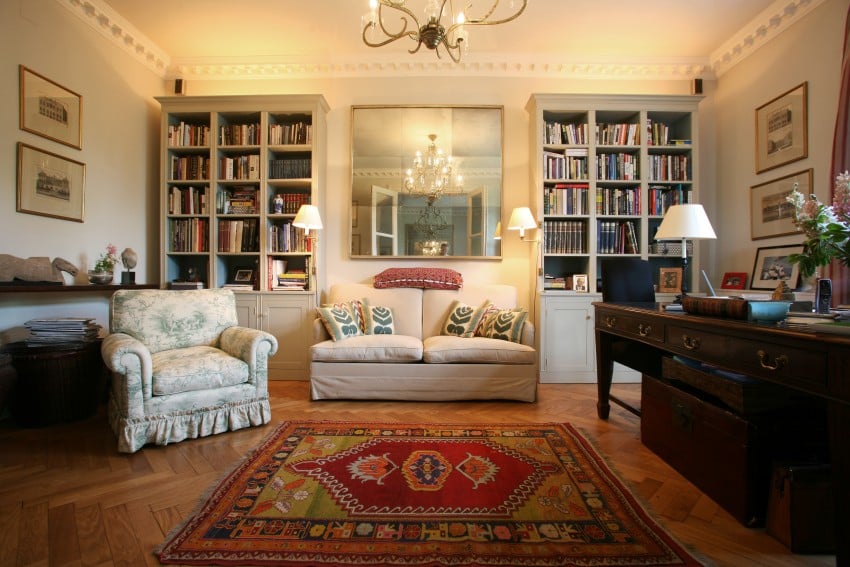
Traditional design employs strong, massive furniture, with bold furnishing and rich decorations.
Color tones are usually neutral but intense, like gold, brown, black, beige or dark green.
Lots of embellishment often weight down beds and furniture, like sculpted posts, claw foots chairs, or baroque armoires.
Most traditional pieces are inspired by older European designs (from 18th an 19th century), and the spaces are usually cluttered down with several pieces of furniture and accessories, like abat-jour, carpets and painting on the walls.
Walls are often covered with wallpapers and the preferred material is wood. Light is soft and sometimes oppressing, with yellow lamps, hanging chandeliers and heavy curtains stopping natural light in order to create a cozy and secluded environment.
Modern vs. Contemporary Design Colors
Modern colors reflect the era that the design type takes inspiration from. Modern design was all about being different and new; it was then what contemporary is for us today. You would often see the use of wood with bold earthy colors to stand out against it.
When you look at a typical modern design for interiors, you can be sure to see a lot of earthy and bright tones like turquoise, with autumnal shades like reds and browns with touches of gold to accent.
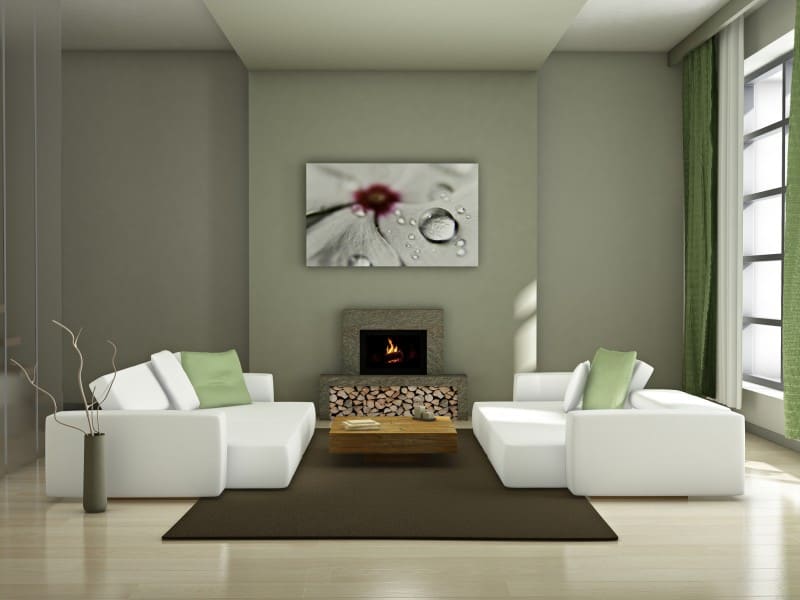
Image Credit: DepositPhotos
Even though these shades are bright, when they are used as part of modern design, they don’t overwhelm the senses because they are all complimenting colors rather than contrasting.
Contemporary design, as we mentioned above, is all about shiny and smooth surfaces. It’s about clean lines, refined architecture, and a minimalistic approach to colors and interior design. You won’t see contemporary designs that deviate very far from the monochromatic color palate.
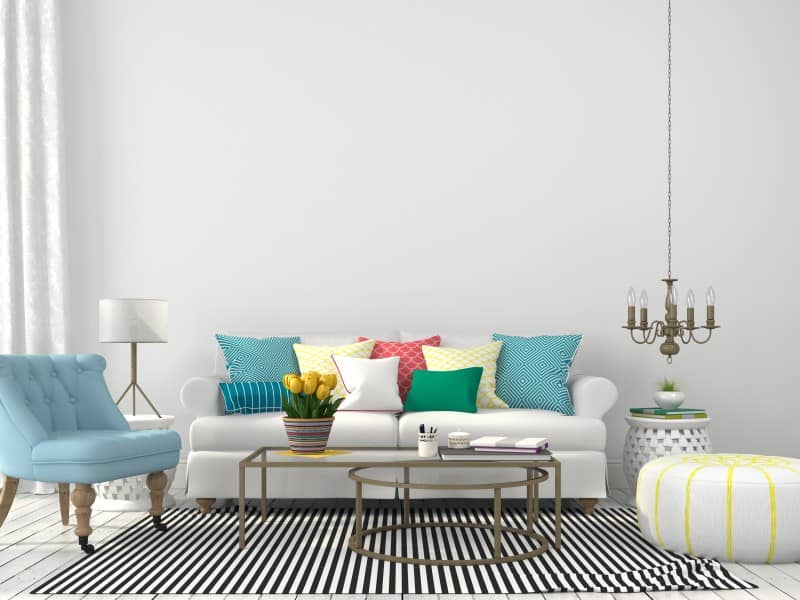
Image Credit: DepositPhotos
Most contemporary designed homes stick to pure white walls. The furniture is often also white, black or in tones of grey.
Any fixtures, on the walls, or in the kitchen are often silver to reflect the minimalism of color use.
Contemporary designers have been known to use color here and there, but these colors are kept contained to a small area, are very saturated and bold, and are used as a statement.
Modern vs. Contemporary Similarities
The most glaring similarity for the two designs is that they were both created to represent the future of design in their respective times.
Both designs aim to de-clutter any extra décor and furnishings to give the home clean lines and a minimalistic aesthetic.
Both modern and contemporary designs use furniture for function and as décor rather than distinguishing between the two, where one is only for functionality while the other serves aesthetic purposes.
Both designs also try to keep the space as open as possible. When we look at contemporary designs, the space flows from room to room with no obstructions in terms of design, color, or architecture. For modern design, flooring is often kept the same in all rooms to create more of a flow between different spaces in the home.
As far as architecture goes, both modern and contemporary designs stick to clean lines. Other designs often feature ornamentation on walls and through décor, but both these styles of design stick to a minimalistic approach and a more basic look.
Both designs take inspiration from a Scandinavian design perspective. The only difference here would be that modern designs incorporate more curves while contemporary designs go for straight lines.
Traditional vs. Modern Interior Design
Traditional design is all about the opulence of 18th and 19th century Europe. It features a lot of ornamentation and embellishment on décor and throughout the architecture.
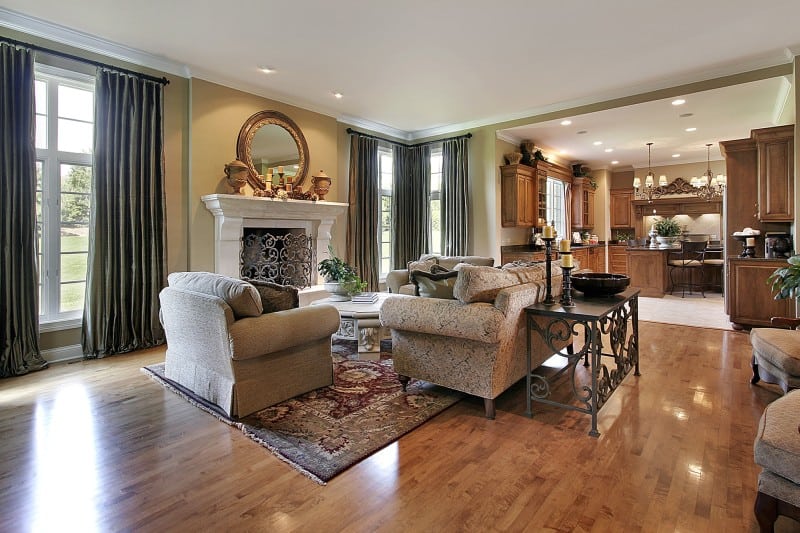
Traditional Design Family Room: Credit
The traditional design style features a lot of heavy and thick materials throughout the furniture and the curtains to give off more of a cozy feel.
As for walls, you will often see ornamentation in the form of wallpapers, and the walls are often decorated with moldings near the ceiling or the floor.
The colors used for traditional design styles are usually richer tones to give off a comfy feel like dark browns, blacks, and greens with a lot of incorporation of gold.
Modern interior was the response by the design world to traditional design. It didn’t stray too far with the color palette that was in use. Modern design also employs the same earthy and neutral color palate as traditional interior design, the only difference being that the colors are used a lot more sparingly and in brighter hues.
Modern design is also known for its open space and flow from room to room, while the traditional design is very closed up and focuses on giving a cozy and homey feel. Modern design is a lot sleeker and asymmetrical when compared to the bulkier but more symmetrical traditionally designed spaces.
What Is The Difference Between Contemporary And Traditional Design Style?
When we talk about contemporary design versus traditional design, you are looking at two styles that sit on the exact opposite sides of the spectrum.
There are no two design styles that are more different than these two; from architecture to color palates and even décor, these aesthetic styles couldn’t be further apart.
When it comes to architecture, traditional design styles focus on moldings on walls and enclosed spaces that are individualized through furnishings and design.
Contemporary design is all about open spaces that flow seamlessly from room to room and only uses clean straight lines for walls and even most furniture.
The color palates, as discussed above, are extremely different as well. Traditional is all about rich earthy tones while contemporary sticks to stark contrasting monochromatic colors. You will see a lot of floral prints and paisleys in traditional design and contemporary designs stay far away from any prints at all.
Related Posts
- How to Protect Sliding Glass Doors from Burglars: Essential Security Tips
- How Long Do Sliding Glass Doors Last? Durability and Lifespan Explained
- Here Are Some Pros and Cons of Textured Walls in Homes
- Why Do Sliding Doors Get Stuck? Common Causes and Solutions
- Comparison of Knockdown Drywall Texture vs Orange Peel
- Some FAQ (Frequently Asked Questions) About Wall Paneling for Homes
Hey! Great white spaces, lots of stucco and whitewash are often employed with strange and unexpected asymmetries.
Awesome post, great design of the Kitchen I liked kitchen interior.
Thank you for sharing this blog with us. I like the contemporary home interior design styles of living room. all the images and tips are amazing. Such an interesting blog.
Textures are mostly overlooked in interior design. I think we need to pay more attention to them becouse they give overall look to our space. Make it better or worse.